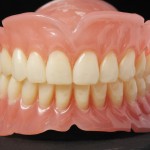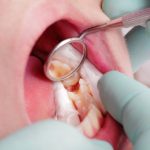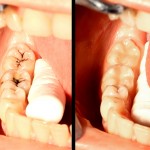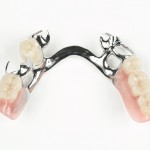
This review of the longevity of complete dentures included 42 studies (22 cross-sectional ,22 cohort studies) mainly conducted in a university setting with the findings suggesting a longevity of 10.1 ±4.0 years.
[read the full story...]
This review of the longevity of complete dentures included 42 studies (22 cross-sectional ,22 cohort studies) mainly conducted in a university setting with the findings suggesting a longevity of 10.1 ±4.0 years.
[read the full story...]
This Cochrane review of liners under posterior composite restoration included 8 RCTs identifying little evidence to show that they reduced sensitivity and no evidence of an effect on longevity of restorations.
[read the full story...]
This review of the clinical performance of direct and indirect resin composite restorations in permanent teeth included 9 small RCTs . The findings suggest no difference in clinical longevity but the evidence is limited.
[read the full story...]
This rapid technology review of the longevity of removable dental prostheses focused on complete dentures and partial plastic or metal dentures. It included a small number of systematic reviews, which were of limited quality and based on a small number of small studies. While good 5 year survival rates were found, the quality of the evidence means that the findings should be interpreted cautiously.
[read the full story...]
This review of 8 studies involving 910 posterior resin restorations in 420 patients found a survival rate at 4 years = 0.93 (95% CI; 0.91- 0.95). However, the overall quality of the evidence was low.
[read the full story...]
The aim of this study was to assess the durability of Class I and class II composite resin restorations (CRR) in children and adolescents placed in Public Dental Health Service (PDHS ) clinics. The was a prospective study all children and adolescents up to 18 years treated between November 1998 and December 2002 in all [read the full story…]

Atraumatic restorative treatment (ART) involves the removal of so softened carious enamel and dentine with hand instruments and filling the cavity with a adhesive restorative material. Typically this is a high-viscous glass ionomer cement (GIC). This approach was about 25 years ago to provide care in less industrialised areas with high disease levels but is [read the full story…]